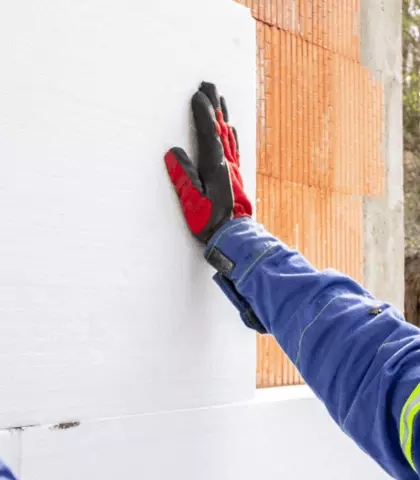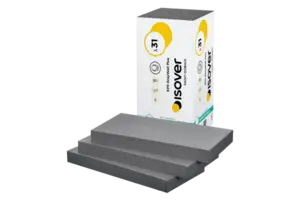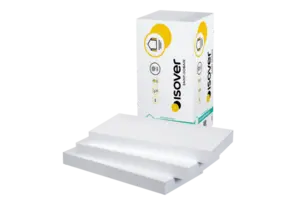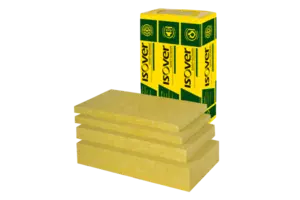Užitečné odkazy
➜ Installation guides
➜ References
➜ Facade insulation systems catalog
➜ Etics dowel calculator
➜ FAQs
➜ Technical glossary
As much as 30% of total heat may be lost through a facade with no insulation. However, peripheral walls with the correct heat insulation can reduce the heat loss by more than 50%. Which means savings at tens of thousands crowns a year. . Facade heat insulation plays a role throughout the year. It prevents the loss of heat in winter and and the overheating of the interior in summer. This will help you save on air-conditioning.
Moreover, heat insulation causes the interior wall surface to have a higher temperature and this eliminates the risk of condensation and mould. . So now you have a response to the objection that a "heat-insulated house will not breathe." Well, in fact it is windows rather than peripheral walls where a house is supposed to "breathe".
The effect of heat insulation will be felt by both you and your home’s peripheral walls. This is because the insulation will protect the walls from weather: wind, rain, freeze and sunshine.
In today’s world, the easiest way to the right heat insulation lies in comprehensive heat-insulating systems and carefully tested compositions of tried materials. If you follow the installation instructions, the system is certain to work as desired and generate the savings as expected.
Your benefits from facade heat insulation
● Your energy cost may drop by up to 30%
● Thermal comfort in both summer and winter
● Healthier environment inside your home
● Longer lifetime of peripheral walls
● Higher value of your home
● Higher value of your home
● Compliance with energy efficiency requirements
Heat insulation materials
The materials most often used for heat insulation are expanded polystyrene (EPS) and basalt or glass mineral wool. Which material to choose As both have a similar thermal conductivity (λ), their heat-insulating performance is also similar; however, other properties of these materials are different:
Facade Polystyrene

+ Low weight
+ Easier anchorage
+ No protective equipment required for installation
+ Lower cost
- Fire class E = flammable
- No noise dampening
Mineral Insulation

+ Better water vapour permeability
+ Fire class A1 = non-flammable
+ Good noise damper
- Higher cost
- Installation requires protective equipment
The cost of heat insulation Request tentative quotation free of charge
Our engineering specialists will be happy to assist you in choosing the right material, calculate the required quantity as well as tentative price and tell you where to find the nearest vendor.
This service is completely free of charge.
[email protected]
+420 226 292 221
I want advice
Facade heat insulation systems
There are various ways to heat-insulate a facade.
The relevant aspects are your requirements, the condition of your home and structural fire resistance requirements.

Kontaktní zateplení s EPS
This the most frequent method of facade heat insulation in the Czech Republic. As composite contact heat insulation touches the load-bearing walls, it is not suitable for moist structures. External foam polystyrene composite insulation is the most economical way of heat-insulating your home
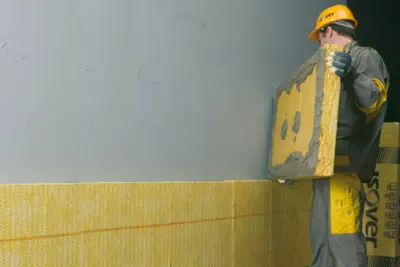
External mineral wool composite heat insulation
Mineral wool pays off if you need to have heat insulation as well as outside noise insulation. Also, mineral insulation needs to be used if the insulation has to be a non-flammable material.
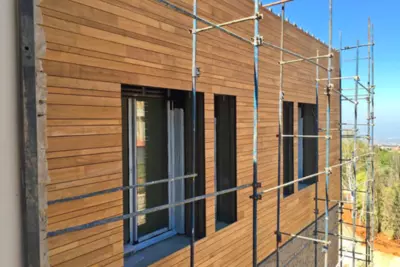
Ventilated facade
This is a non-contact method of heat insulation, which leaves an air gap between the outer shell and the insulation and so contributes to the generation of the chimney effect. This means that water vapours from the structure can be freely ventilated away.
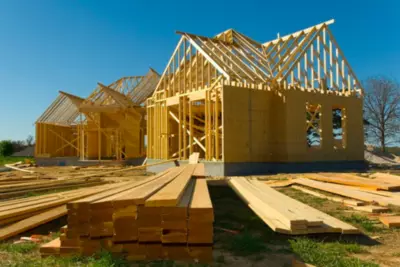
Timber structure heat insulation
The ventilated facade system is used for timber structure buildings. The insulator is a mineral wool with a heat and noise efficiency better than that of the mineral wool used in contact systems.
Get a how-to guidance for your building project FREE OF CHARGE
Subscribe to our newsletter and download an e-book full of mounting instructions and tips that will guide you throughout your heat insulation project step by step.


